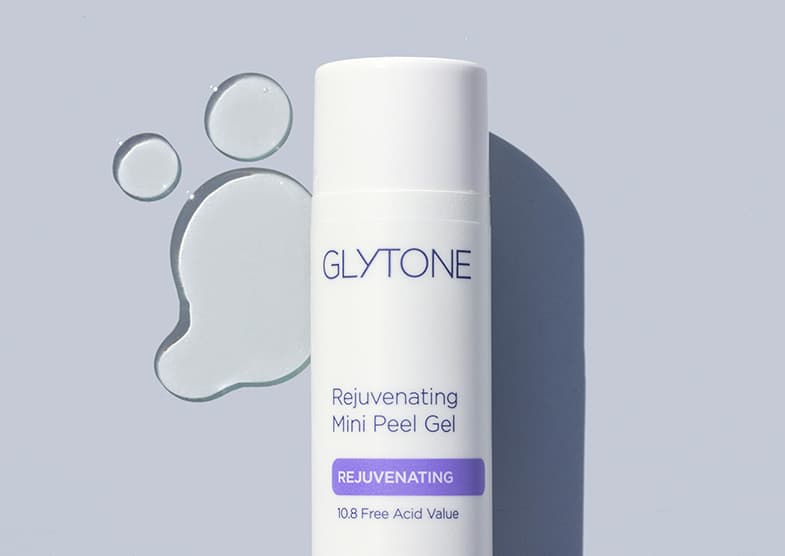Dealing with dull, uneven skin tone and texture? Breaking out more than usual?
Exfoliation is an essential step in achieving a radiant, glowing complexion. It removes dead skin cells, unclogs pores, reduces fine lines, and helps products penetrate better for superior results. There are two types of exfoliants: physical and chemical. Regardless of skin types, anyone can benefit from exfoliation if it's the right type of exfoliant.
We spoke to board-certified dermatologist Dr. Jennifer Trent, MD, FAAD about the difference between physical vs. chemical exfoliants and how to choose the best solution.

What Is A Physical Exfoliant?
A physical exfoliant manually removes dead skin cells with tiny beads, small particles, washcloths or loofahs. It is easier to overdo physical exfoliation and damage your skin. Because of the risk of irritation and inflammation with over-exfoliation, this type is not suitable for patients with sensitive skin or active acne breakouts as it can worsen them.

How To Use A Physical Exfoliant?
Enhance Brightening Cleansing Powder combines physical (powder) and chemical exfoliants (Glycolic Acid, Mandelic Acid and Malic Acid) to remove dead skin cells and renew the skin. It also contains Niacinamide to help reduce dark spots. If tolerated, this Glycolic Acid cleanser can be used twice a day to keep your skin radiant and glowing.
Here's how to use it:
- Wash and dry your hands
- Wet your hands with water
- Pour some powder into your hands
- Rub together to activate
- Apply to your face in gentle circular motions for 1 minute
- Rinse with lukewarm water
- Pat dry with a clean towel

What Is A Chemical Exfoliant?
A chemical exfoliant uses different acids to weaken the "glue" holding dead skin cells together. Once the "glue" is broken down, the cells are gently and easily washed away. These exfoliants are suitable for all skin types, especially sensitive and acne-prone skin. There is less risk of damaging the skin with a chemical exfoliant. Some are low-strength and suitable for daily use, while others are used less frequently. Chemical exfoliants include alpha-hydroxy acids (AHA), like Glycolic Acid, Lactic Acid or Mandelic Acid, beta-hydroxy acids (BHA), like Salicylic Acid, and poly-hydroxy acids (PHA). They are available in exfoliating serums, creams and cleansers.

How To Use A Chemical Exfoliant?
Mini Peel Gel is an at-home Glycolic Acid exfoliator that removes dead skin cells and reduces the appearance of fine lines and wrinkles for smoother, younger looking skin. This gel can be used 2-3 times a week.
Here's how to use it:
- Wash your hands
- Cleanse your face
- Apply a thin coat of the gel
- Leave on for 10 minutes, then wash off with lukewarm water
- Pat dry with a clean towel

When To Talk To Your Dermatologist
- If you are unsure what type of exfoliant is best for you.
- If you do not know what your skin type is.
- If you get redness, pain, itching, burning, stinging, flaking or irritation from exfoliation.
- If your breakouts worsen with exfoliation.
- If you have over-exfoliated and damaged your skin barrier.
